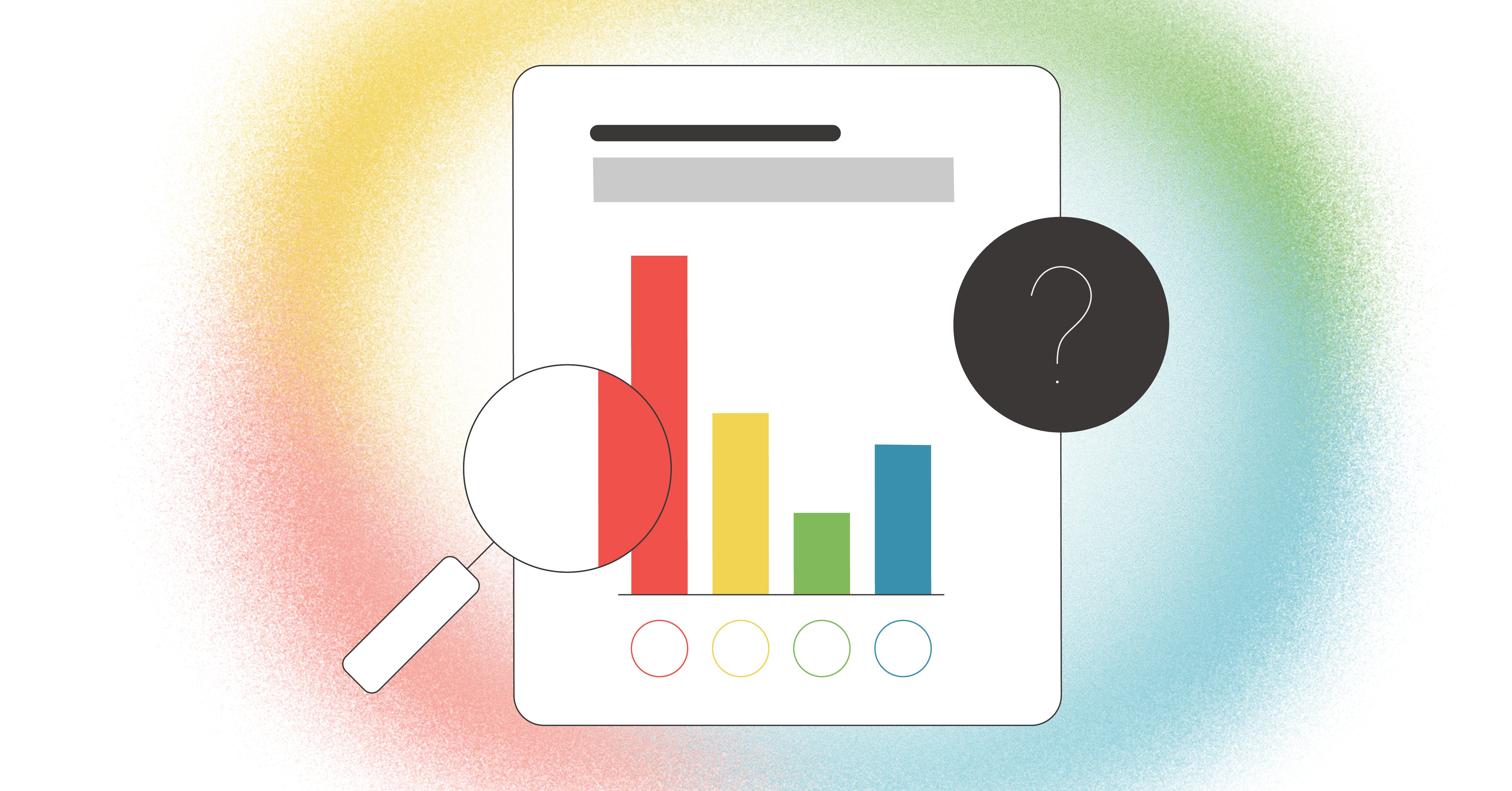
If your HR department wants to stay competitive, organized, and efficient, you need to create a solid hiring process.
Here are the steps HR professionals must take to create a hiring process that attracts top talent, eliminates bad hires, and helps your organization thrive.
What is a Good Hiring Process for HR?
This process of assessing candidates using HR assessment tools should be consistent, thoroughly documented, and continuously improved.
Identify the Need and Create an Ideal Candidate
Make sure you understand both the responsibilities and the behavioral requirements of the role you need to fill. Here are some questions to ask:
- What value does this position bring to the organization overall?
- What department will this job work under?
- How does this job change the dynamic of your existing team?
By asking the essential questions and clearly defining the answers your organization is looking for, the hiring team can create a framework to understand the entire hiring process.
That framework can then extend into a job benchmark. By creating a role profile and matching candidates with validated assessment tools, your team can find the right fit and back up that decision with data.
Job benchmarking is the process of using HR assessment tools to generate the behavioral profile, skill set, motivations, perspective, and emotional intelligence of your ideal candidate. Using job benchmarking allows you to measure each applicant's assessment against this benchmark to find the best candidate.
Create a Clear Job Description
Now that you’ve gathered the necessary information, it’s time to start your search. Get off on the right foot by creating a clear job description. Make sure it includes:
- Requirements for the applicants
- Responsibilities of the role
- The day-to-day experience of the work
- Expected results and KPIs
HR professionals need to create the perfect job description, so take the time to do so and save time throughout the hiring process by not having to weed out unqualified applicants.
A great thing to include in a job description is information about the company that goes beyond a bio. A job listing will likely be candidates' first impression of your organization, and you want to impress them.
Share about your organization’s values, the company culture, and any perks you offer to entice top talent. Make sure to link to your website and social media accounts as well; you can expect top candidates to put in work and do their own research, but you want to help them connect with your organization in the right way.
Glassdoor shared that 67% of job seekers consider a diverse and inclusive company culture an important factor when evaluating offers. Clearly communicating established values also helps attract employees with the same vision and goals.
Then, by using behavioral assessments, you can see exactly what those values look like on paper and in action.
Select Candidates and Conduct Interviews
After you’ve learned about your pool of candidates, it’s time to move forward.
Conduct an initial interview over the phone to get a sense of who your candidate is and how much they genuinely want the job.
The job candidate should be engaged, confident, and interested in learning about the company. You know what they’ve achieved in their past positions, according to their resumes—now it’s time to learn more about who they are.
After your initial phone interview or interviews, it’s time to move to the next step of the talent acquisition strategy: using HR assessment tools.
Use HR Assessment Tools to Find the Right Hire
Your next step is to utilize assessments to learn more about your candidates. Depending on the type of assessment used, these tools can reveal your candidates' behaviors, motivations, emotional intelligence, skills, and thought patterns.
Depending on the results of the assessments, you should have at least one more in-person interview before making a hiring decision, which allows your team to ask questions, see the candidate’s behavior in action, and work to understand areas of potential conflict or confusion. Make sure to prioritize soft skills while examining candidates; great communication and emotional intelligence make a massive difference in the workplace.
Sometimes, a candidate will blow you out of the water but won’t match the benchmark in certain ways. While it’s not uncommon to utilize benchmarks as long as they are useful in the process, don’t let them decide for you.
If a candidate doesn’t perfectly match your job benchmark, it doesn’t mean that the candidate won’t do excellent work for your organization; it just means they might approach that work differently than you initially envisioned for the role. Keep an open mind and meet again in person to determine the answers to those questions before deciding.
Conduct Background Checks
A less glamorous but still crucial part of the talent acquisition process is running background checks on your pool of potential employees.
Follow up with references to learn more about each applicant and verify their education, experience, and former employment. This will protect your organization legally.
Make a Decision and an Offer
Now for the exciting part—it’s time to offer your candidate of choice the job! Make sure to have a prepared onboarding process and know what goals you want them to achieve in their first 30 and 90 days of employment.
Remember that the information you learned about them in this process, especially through the use of HR assessment tools, will help you make an informed and strategic decision.
By following these tips, you’ll learn how to build a better hiring process and find the right fit every time. If you’re interested in using assessment tools in your hiring process, TTI can help.



